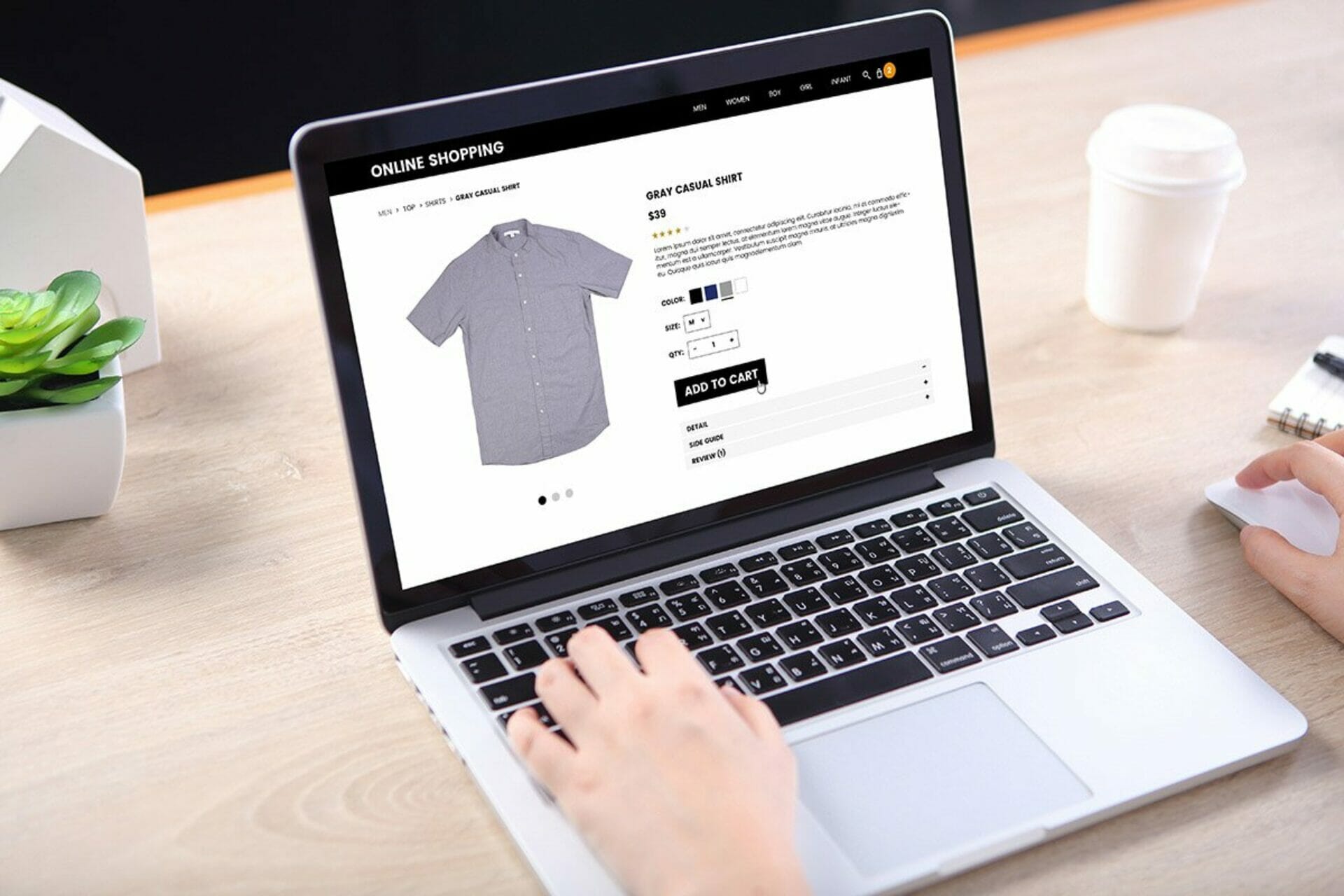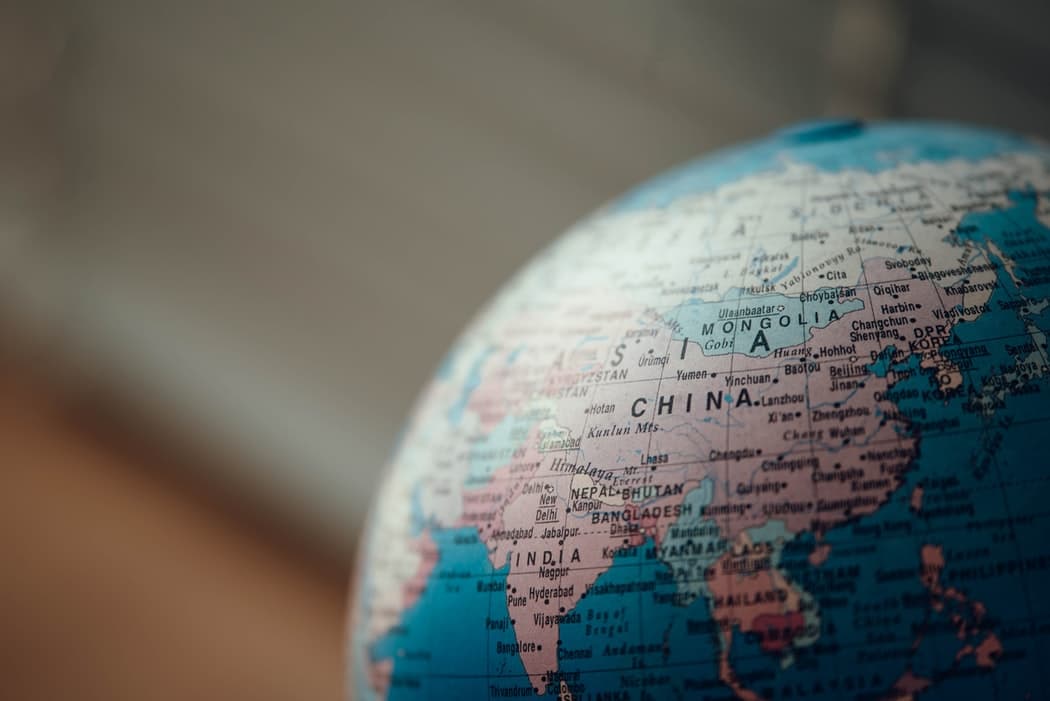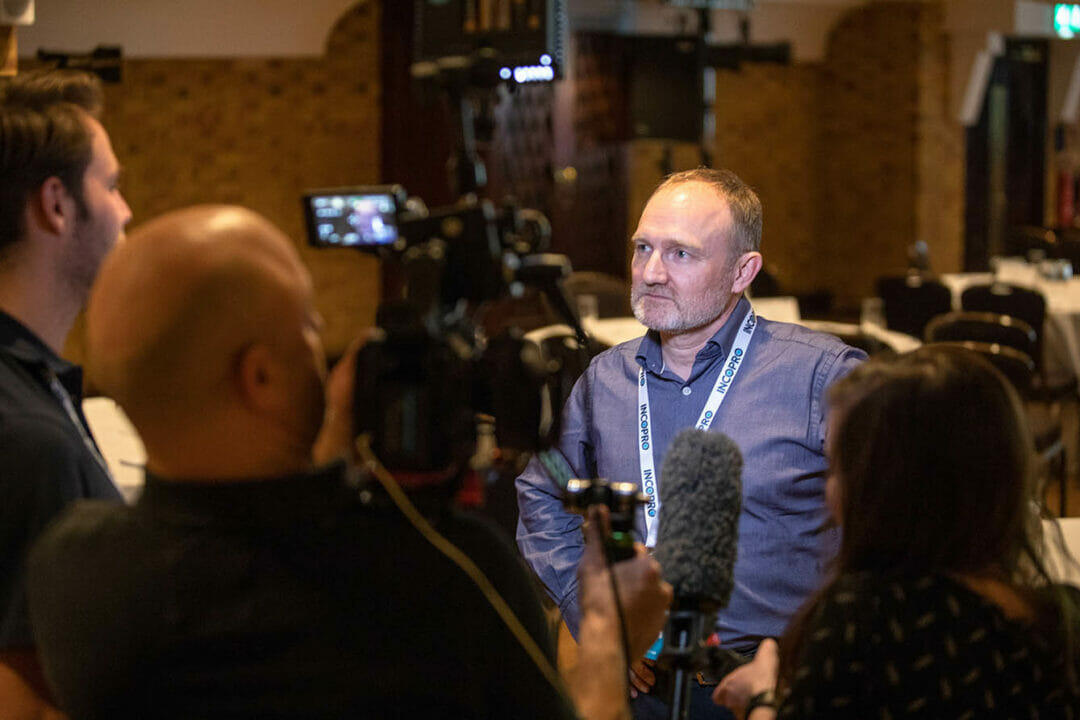Blog
How ecommerce platforms and governments are taking steps to fight online counterfeiters
- Brand Protection

With online counterfeiting on the rise, platforms and governments are beginning to take forward looking, if not always effective, steps to protect brands and consumers. However, brands should take ultimate responsibility to ensure that the volume of infringement is meaningfully reduced.
Efforts by marketplaces to curtail infringement, such as Amazon Project Zero and eBay VeRO, have had mixed results but have succeeded in driving some counterfeiters away from the platforms. However, these bad actors have not been dissuaded from counterfeiting, merely pivoting where they conduct their illicit activities.
A cautious platform response to counterfeits
The Amazon Standard Identification Number (ASIN) is the unique offer identifier on Amazon and has been heavily exploited by counterfeiters. Amazon’s Project Zero offers a ‘self-service’ counterfeit removal tool, automated protections and product serialization. VeRO, eBay’s Verified Rights Owner Program, provides brand owners with a tool to easily report sellers and listings and have them removed within a 24-hour period.
Both schemes are making it more difficult for counterfeiters to ‘hide in plain sight’ on marketplaces but come complete with their own limitations. Project Zero, for example, is invite only and brands that do not own trademarks are not able to join. VeRO, on the other hand, is not an automated service and requires brand owners to manually find infringements of their IP on eBay’s marketplaces.
Counterfeiters now use a combination of social media platforms and marketplaces to continue their operations. Many social media platforms are vocally opposed to implementing filters that automatically check any content uploaded to the site for trademark or copyright infringement. Many do not have active brand protection programs to help brand owners root out infringers on their platform.
It should be noted, however, that there are a handful of social media platforms that have taken notice of the growing issue and implemented controls of their own for brand owners. These platforms mostly consist of those with transactional functions such as WeChat. WeChat’s Brand Protection Platform was first established in 2015 and is open to any brands.
A growing government response to counterfeits
Governments in traditionally high-risk counterfeiting regions have started to take greater action against platforms, websites and individual parties that facilitate or turn a blind eye to counterfeiting activity. Turning to regulation and new legislation instead of the reliance on self-regulation, governments are now placing platforms under greater scrutiny as the dominance of ecommerce platforms such as Amazon and Alibaba continues to grow.
January 2019 saw China’s new ecommerce law take effect, placing greater responsibility on platforms to take action against infringers. The legislation states that ecommerce platforms are now jointly accountable for facilitating the sale of counterfeits by third parties on their sites.
The Indian government is also taking steps to curtail bad actors online, recently publishing a draft ecommerce policy that includes regulation to combat counterfeiting and piracy. The policy mandates that ecommerce retailers must: register their business entity locally, inform legitimate brands that are being targeted by infringers and refund customers that receive counterfeit goods.
Setbacks to government collaboration
Concerningly for UK consumers and brands, Brexit may pose a risk to anti-counterfeiting efforts. In a no-deal scenario, the UK will lose access to EU-wide criminal databases [1] used by police and trading standards to coordinate offline anti-counterfeiting action such as raids and cargo seizure with EU partners. One such customs database is known as ‘COPIS’ (the anti-counterfeit and anti-piracy system), an information exchange system that supports IP protection for rights holders.
Brands must take responsibility for protecting consumers
Brands should welcome the strengthening of legislation and harness these new laws in their enforcement efforts. However, government and local authorities in many countries still maintain a very limited role in fighting counterfeits, with the detection and enforcement action often left to brands, even when consumer health is put at risk. This is compounded by the issue of disjointed collaboration between international authorities and is set to be exacerbated by events such as Brexit.
Additionally, current protections put in place by marketplaces do not cover the full spectrum of infringements and freeze out many brand owners who do not hold specific intellectual property rights. Ultimately, brands must take action to prevent the dissemination of counterfeits online.
Marketplaces obviously have a vested interest in both removing counterfeits that are damaging to consumer health and appeasing brands that have previously withdrawn from platforms due to infringement. However, by using platforms’ tools alone to remove counterfeits, brand owners risk taking a ‘whack-a-mole’ approach. In order to effectively fight sophisticated counterfeiters, action needs to be at a network-scale to take down entire operations at once.
Online Brand Protection is key to reducing infringement
At Corsearch, we work with our clients to create effective Online Brand Protection strategies, leveraging our expertise in intellectual property, criminal intelligence, and technical design. We allow our customers to meaningfully reduce online infringement and increase their online sales by targeting the largest infringers. If you believe your brand is infringed online and are interested to see the scale of the threats on marketplaces, social media, and websites, you can request a free Brand Health Check below.
Our obligation-free Brand Health Check provides a high-level overview of the online threats to your brand, highlighting how you can eliminate these threats and capture the value you are missing.
Read part one of our ecommerce series to learn about the scale of online counterfeiting and how it is facilitated by the current online model.
References
[1] Brexit and future anti-counterfeiting collaboration (The World Trademark Review, 2019): https://www.worldtrademarkreview.com/anti-counterfeiting/brexit-and-future-anti-counterfeiting-collaboration





